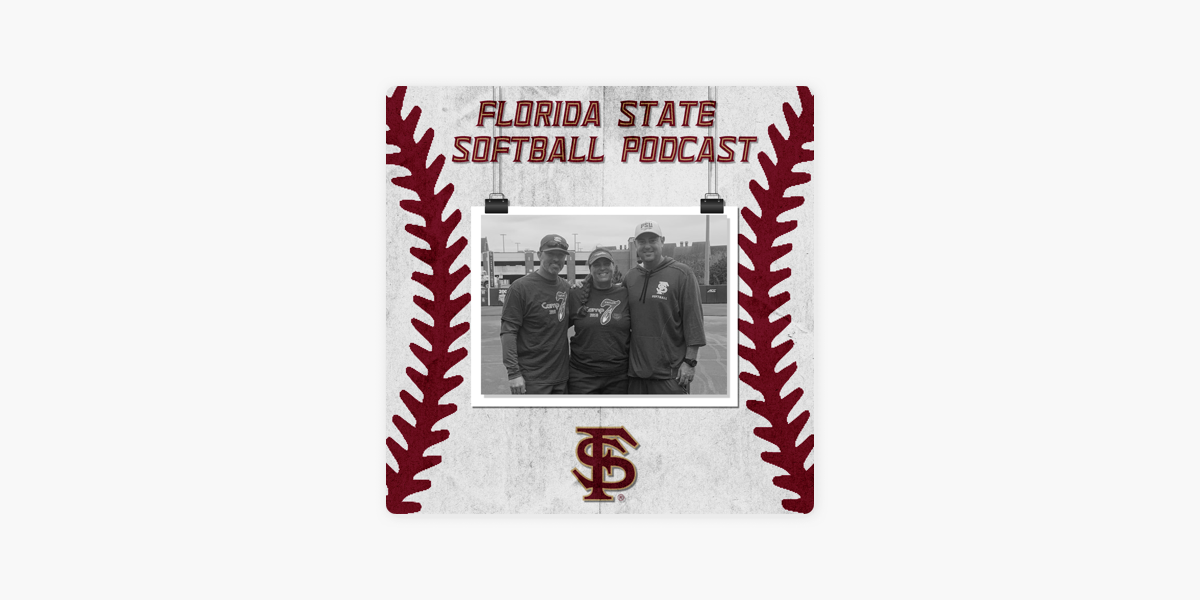
There are many methods that clients can use during the coaching process to better understand and set their goals. A coaching model is one such technique. It provides a framework that coaches can use to help clients. Although they can be very different in terms of structure and content, coaching models share certain key elements. A model can either be a step-by, structured framework, or free-flowing. These models can also be used by coaches to help them develop strategies that work for their clients.
The exploration stage is an important part of any coaching program. The exploration stage is where clients are asked questions that are relevant to their situation. These questions can help the client see what options are available and how they can achieve their goals. These questions can also help the client stimulate his or her own thinking processes.

The Goal Setting phase is another critical stage of the coaching process. This stage involves asking clients to rate where they are at the moment in relation to their goals and their confidence that they can achieve them. The scale of 1-10 is used to illustrate where the client is in comparison to where they want to be. This stage is designed for the client's motivation and inspiration to take action towards achieving their goals. A few other steps are included in the model, such as a review of progress toward the goal, a timeline, and a plan on how the client will complete the agreed upon actions.
Listening is another crucial part of coaching. The listening part of coaching is crucial. A coach can listen and understand the client's thoughts and emotions. This can help to gain valuable insights about their motivations and help them realize what they truly want. It allows the coach the opportunity to feel the client's emotions. This is an important step in motivating clients. It's important that the coach listens and asks the client to take notes during coaching sessions. This will enable the coach track the client’s progress towards achieving their goals.
CLEAR, another coaching model, is a concise way of helping clients. This model combines a few key components, including best coaching practices, a simple framework that allows for coaching conversations, and a practical process to help clients make decisions. It allows coaches flexibility to make adjustments as necessary.

The CLEAR model finishes with a conclusion, or an "outcome". CLEAR allows clients to identify their options, choose the most effective course of action, then take concrete steps towards achieving the goals. This model can be used by multiple clients. It can be used by project teams to increase their performance. Coaching models can be used to help professionals regain balance in their lives, or to help executives and managers deliver a new vision for the company.
FAQ
What is a relationship coaching?
A relationship coach will help you to create strong relationships.
They make you see yourself clearly, help you to understand how other people view you, and what their opinions are about you. They are there for you when you need them most.
A coach in relationship and life understands the importance and benefits of self-care. They encourage clients to make time for things that make them happy and satisfied.
Relationship coaches have a good understanding of human behavior, emotional intelligence, and can quickly identify problems and provide solutions.
Relationship coaches are available at all stages of life.
What are the signs that I might need a coach to help me?
If you feel like your life is not fulfilling your potential, it could be time to seek out additional support. A good sign is if you've tried to achieve something in the past but didn't succeed. Or maybe you have trouble sticking with a goal long enough to see results.
If you struggle to manage all aspects of your life - work, home, family, friends, health, finances, etc - then you may be suffering from stress-related burnout.
These challenges can be overcome by life coaches.
What are the qualifications required to be a life coach
A life coach who is successful must be able to understand the human mind, psychology, and motivation. They also need to understand how people think and behave, and they should know what motivates them.
Successful life coaches need to be skilled in listening, counseling, and communication. A life coach must be able motivate clients and keep them on task.
Finally, a life coach must be flexible enough and willing to change his or her approach if necessary.
What's the difference between a life coach and a therapist?
A life coach is there to help you make better decisions and live a better existence. A life coach helps you manage your emotions and behavior to improve your relationships. The goal of the program is to not only make people feel good, but to also help them learn how to do it themselves.
A therapist specializes in helping someone who is struggling with emotional issues such as depression, anxiety, and trauma. These issues are understood by therapists, who can then provide treatment for them.
Life coaches can work with individuals but don't have training to treat mental health issues. However, most life coaches have some experience working with people dealing with depression, anxiety, or other psychological disorders.
What are the steps in life coaching?
Life coaching does not only help people find solutions to their problems. Instead, it helps them find what interests and passions they have so they can turn these passions into a positive influence in their lives.
Life coaching helps you to identify your most important values and equips you with the tools you need to live the life that you desire. You can use it to take control over your future and discover who you really are.
Additionally, coaching allows you to gain an understanding of yourself, others and your own behavior. This leads to greater self-awareness as well empathy, which are two crucial qualities for a healthy and happy relationship. Coaching can help you be a better parent, friend, leader, and partner.
What are the responsibilities associated with a life coach
A life coach helps individuals achieve their personal goals. He/she provides education on how to improve your health, nutrition, fitness or work/life balance, as well as advice about career development and relationships.
Clients should have a life coach to help them develop positive attitudes and goals for self-improvement.
A coach can offer encouragement and support, which is the most important thing. They don't have all the answers but they know how to ask questions and guide you towards solutions.
They can help you make informed decisions and take steps to achieve your goals.
Statistics
- People with healthy relationships have better health outcomes, are more likely to engage in healthy behaviors, and have a decreased mortality risk.1 (verywellmind.com)
- 80 percent of respondents said self-confidence improved, 73 percent said relationships improved, 72 percent had better communication skills, and 67 percent said they balanced work and life better. (leaders.com)
- Needing to be 100% positive and committed for every client regardless of what is happening in your own personal life (careerexplorer.com)
- According to relationship researcher John Gottman, happy couples have a ratio of 5 positive interactions or feelings for every 1 negative interaction or feeling. (amherst.edu)
- If you expect to get what you want 100% of the time in a relationship, you set yourself up for disappointment. (helpguide.org)
External Links
How To
How to be a life coach
Becoming a life coach is one of the most popular questions asked online. Although there are many paths to becoming a life coach you need to know the basics before you can become a professional coach.
-
Discover what you are passionate about. Before you begin any career, you need to identify your passion and interest. If you don't know your passion, it can be difficult to get into coaching. Before looking at different options, think hard about what makes you interested in this field. If you are thinking "I would like help people", then it is time to look into how to be a life coach.
-
Set goals and create a plan. Make a plan once you have decided what you want. Begin to learn more about the field and start reading books. Make a list of everything that you learn and save it so you can find them again when you need. You should not rush without a clear vision or goal. Set realistic goals that you can achieve during the next few years.
-
Be patient. To become a life coach, you need to have patience and be dedicated. The first year of training can be the most challenging. After the initial training period, you might spend 2-4 hours per week working with clients. This means you may have to work on weekends and long days. If you love what your job does, you will not feel tired after working 14 hours per day.
-
Get certified. You will need to be certified by a recognized organization like the NLP Certification Institute (NLCI) in order to become a licensed coach. Your certification will increase your credibility and open doors to other opportunities.
-
Network. Do not forget to build relationships with experts and coaches in your field. Learn from other coaches and seek their advice. When you have enough experience, you will be able to provide support to other coaches who are just beginning their journey.
-
Continue learning. Never stop learning. Keep reading blogs, articles, books and books about this field. Learn more about human behavior, psychology, communication skills, etc.
-
Keep your head up. Negative attitudes are one of the biggest errors made by new coaches. Be positive. A successful coach is always positive. Your actions and words will reflect on your clients. Always keep an optimistic outlook, and remember to smile!
-
Practice patience. As we mentioned, the first year as a coach is often the hardest. Take breaks from time to remind yourself why life coaching is a career choice.
-
Enjoy the process. It may seem like an endless road ahead, but the rewards are far greater than the obstacles. You'll make amazing friends and you'll also gain personal growth.
-
Have fun. Enjoy the ride. Have fun.